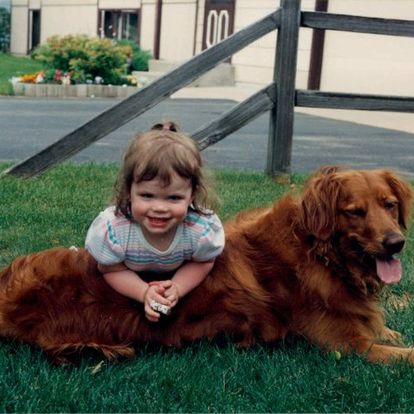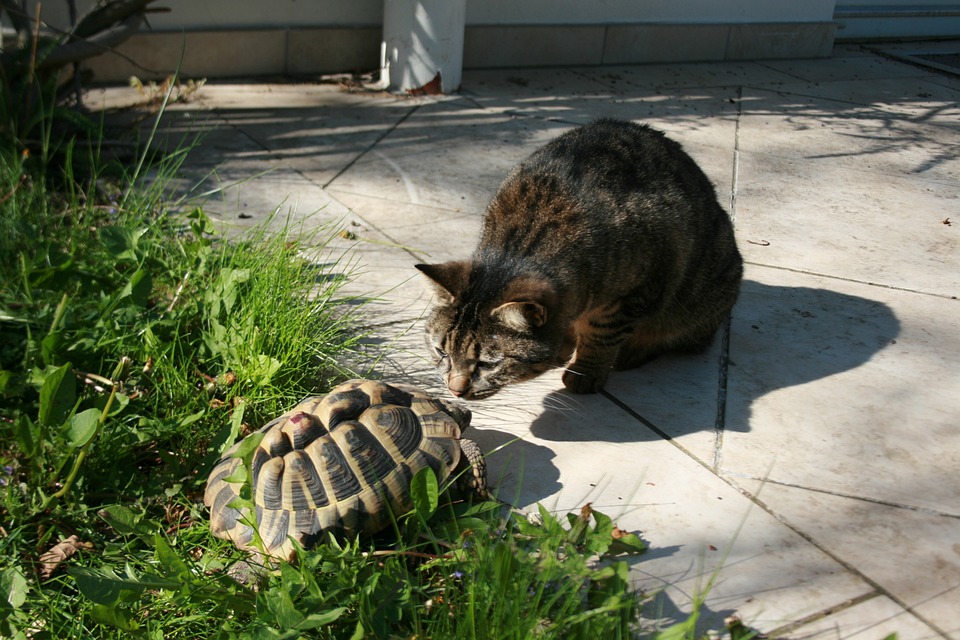Springtime Checklist for Poisons
March 20-26, 2023 is Pet Poison Prevention Week. Forty-six years ago the 3rd week in March was designated Pet Poison Prevention Week. Each year the Pet Poison Hotlines keep track of the most common pet poison calls. It is interesting to compare from year to year what the top accidental exposures are. They do not alter much from year to year. A few years ago though Cannabis entered the top 10 related to all the edible products that are now available for humans. With the online sales of CBD oil for anxiety and pain in canines there are accidental overdoses as well.
It is noted that these are all accidental situations. No one offers these items to pets but our pets gain access to them one way or another. Puppies are the largest group involved because they chew and seem to be indiscriminate with what they put into their mouths. My suggestion is to get down at their level and look around to see what items my be in harms way. Check all rooms that the dogs have access to. Be certain to revisit these actions as the puppies grow since their reach increases as well. If visiting family and friends make certain to do a similar check in their homes and garages. With sheds and garages being open as warm weather increases these buildings are often a source of these toxins. Watch for access to neighbor’s buildings as well.
One common way to get pets to vomit up items they have consumed is to offer hydrogen peroxide orally until they vomit. My Weimaraner a few years ago gained access to my daughter’s gum in her room and I administered hydrogen peroxide orally until he vomited. I used up over 2/3rds of that bottle before he gave it up. I realize that seems like a lot but better to have him vomit then deal with the toxin going into his body. If your pet has swallowed gasoline or a caustic chemical, you should consult with poison control since those substances can cause more burning when coming back up again. I have used hydrogen peroxide to get a puppy to vomit back up a cat ball that he consumed to prevent a blockage as it moved through the digestive tract. Rat poison exposure is another good time to use the peroxide. If the time since consumption has been over 3-5 hours you will not gain anything by having them vomit. In those situations consulting with your veterinarian or the poison control would be advised. If you do not know exactly when it was consumed offering the hydrogen peroxide will not cause any permanent damage but may not be helpful either.
The Pet Poison Helpline listed these as the top 10 poisons in 2022.
- Chocolate
- Grapes and raisins
- Xylitol – gum
- Ibuprofen
- Bromethalin – rat poison that causes brain edema – limited treatment options
- Marijuana
- Anticoagulants rodenticides – rat posion that causes clotting issues – have a treatment
- Vitamin D-3
- Onions/chives/leeks/shallots
- Carprofen
Item number 5 and 7 are confusing to people. There are differences between the poisons available to rid your home and buildings of rodents. The active ingredients sound similar but are very different in their toxicity to pets. Brodifacoum is the active ingredient in anticoagulant poisons verses Bromethaliin. Bromethalin is a poison that causes lethargy, weakness, limb paralysis, tremors, seizures, coma, and even death at toxic levels of consumption. Once this toxin has left the stomach, we do not have an antidote for it. Please know what you are purchasing and how lethal the Bromethalin can be.
Another source that listed the top 10 poisons in 2021 was the ASPCA organization. This link will take you to their site. I like how they listed the items and gave more examples of what substances are important to consider. Please take note of the plants listed and maybe visit the link provided to see a detailed list of toxic plants for pets. Many people are unfamiliar with what plants and flowers are a concern for our pets if consumed. Yet we may already have some of them in our home or landscaping.
In February 2017 my blog was about March being Pet Poison Month. I have attached the link since additional information is available there: March is Pet Poison Awareness Month
Spring is just around the corner so get outside and enjoy! Make certain to protect your pets so our children can enjoy their best buddies for years to come! FYI – the photo is my oldest daughter with Coach from 1992. Weren’t they cute!


